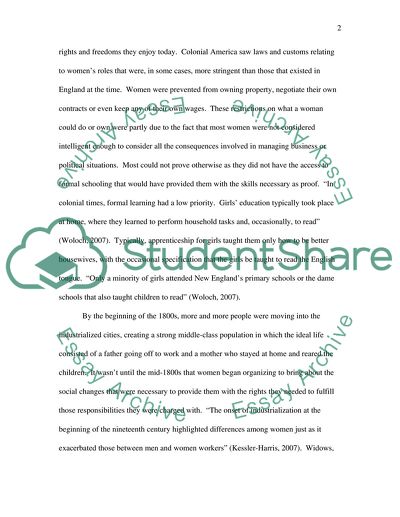Cite this document
(“How did the lives of women change after ww2 Essay”, n.d.)
Retrieved from https://studentshare.org/sociology/1564451-how-did-the-lives-of-women-change-after-ww2
Retrieved from https://studentshare.org/sociology/1564451-how-did-the-lives-of-women-change-after-ww2
(How Did the Lives of Women Change After Ww2 Essay)
https://studentshare.org/sociology/1564451-how-did-the-lives-of-women-change-after-ww2.
https://studentshare.org/sociology/1564451-how-did-the-lives-of-women-change-after-ww2.
“How Did the Lives of Women Change After Ww2 Essay”, n.d. https://studentshare.org/sociology/1564451-how-did-the-lives-of-women-change-after-ww2.


